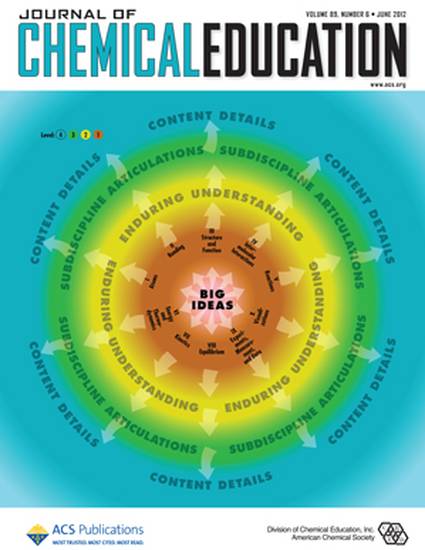
Article
Student understanding of liquid-vapor phase equilibrium
Journal of Chemical Education
(2012)
Abstract
Student understanding of the equilibrium coexistence of a liquid and its vapor was the subject of an extended investigation. Written assessment questions were administered to undergraduates enrolled in introductory physics and chemistry courses. Responses have been analyzed to document conceptual and reasoning difficulties in sufficient detail to be of practical use to instructors. Even after instruction on the relevant material, many students fail to recognize that for one-component systems in which a liquid and its vapor coexist in equilibrium, the pressure is controlled solely by the temperature. Although most students seem to realize that vaporization and condensation both take place, few are able to construct a coherent, step-by-step explanation for how dynamic phase equilibrium is established. Implications for instruction are discussed.
Keywords
- First year undergraduate/general,
- Chemical education research,
- Misconceptions/discrepant events,
- Equilibrium,
- Phases/phase transitions/diagrams,
- Physics Education Research
Disciplines
Publication Date
April 24, 2012
Publisher Statement
J. Chem. Educ., 2012, 89 (6), pp 707–714 DOI: 10.1021/ed2000473 Publication Date (Web): April 24, 2012 Copyright © 2012 The American Chemical Society and Division of Chemical Education, Inc.
Citation Information
Andrew Boudreaux and Craig Campbell. "Student understanding of liquid-vapor phase equilibrium" Journal of Chemical Education Vol. 89 Iss. 6 (2012) Available at: http://works.bepress.com/andrew_boudreaux/4/
